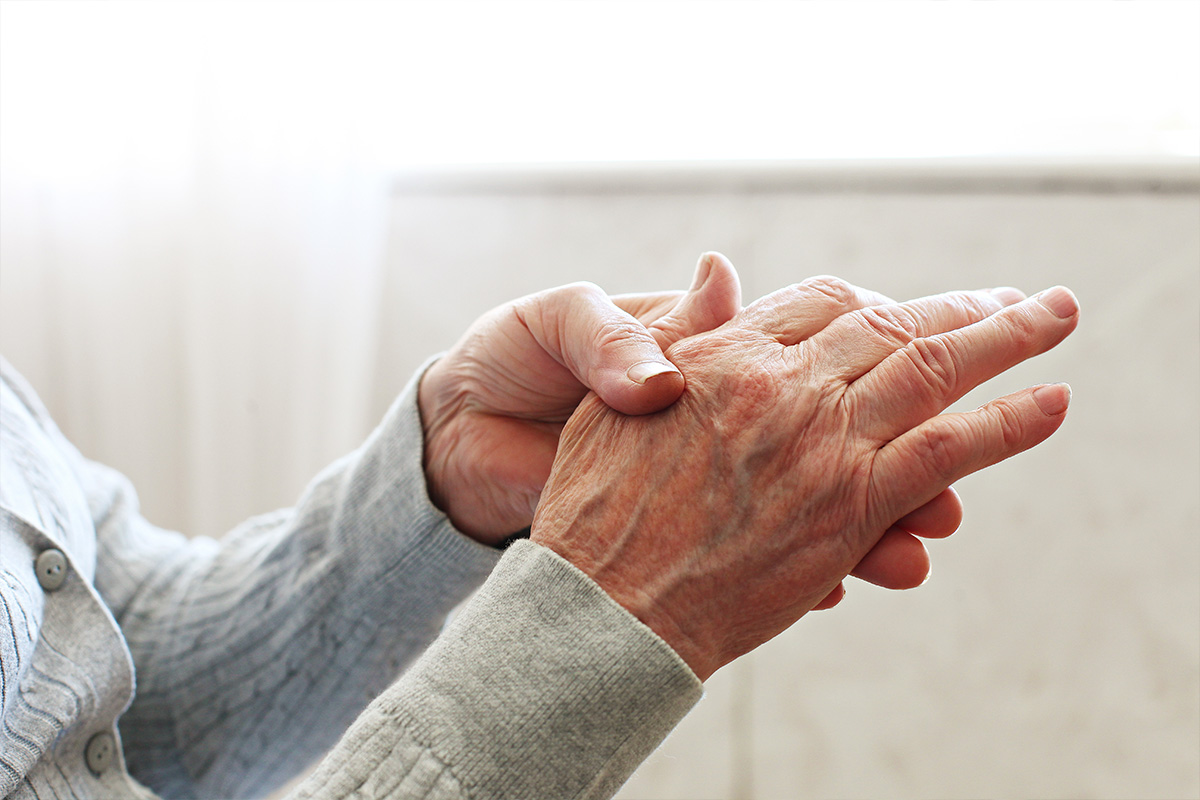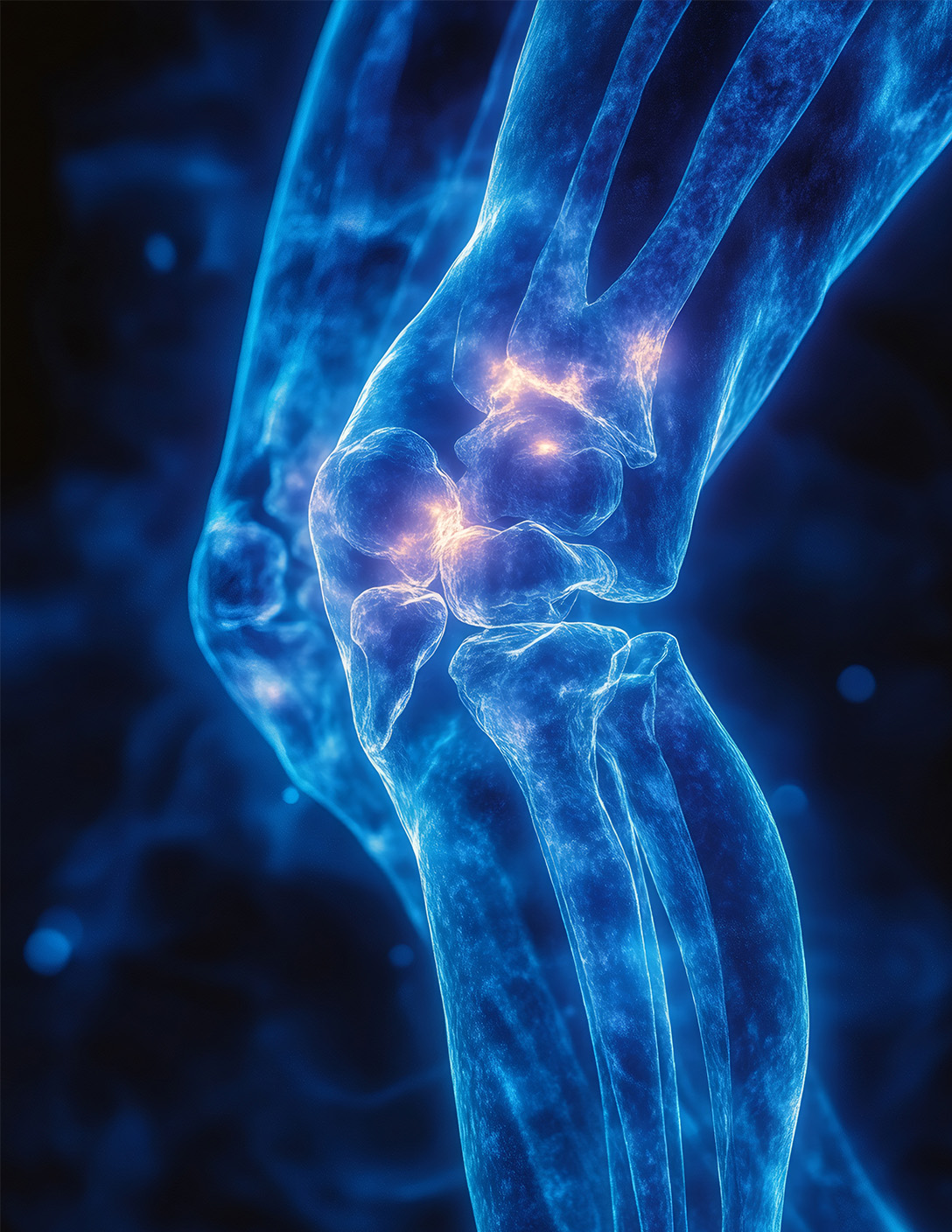By Jessica Keown, PTA, with layout and optimization by PTreferralMachine.com.
Summary
Physical therapy for osteoarthritis:
Osteoarthritis is a common joint condition that can cause pain, stiffness, and reduced mobility. Fortunately, physical therapy offers a non-surgical approach to managing symptoms and improving overall function. In this article, we explore:
- What osteoarthritis is and the signs to look for
- Key causes of joint degeneration
- How physical therapy helps, including exercise therapy, manual therapy, and education
- The lasting benefits of physical therapy for pain relief, stability, and improved quality of life
If you’re seeking ways to manage osteoarthritis and stay active, this guide will help you understand how physical therapy can make a difference.
Osteoarthritis is a common degenerative joint disease that affects millions of people. It occurs when cartilage—the protective tissue at the ends of bones—wears down, leading to pain, stiffness, and discomfort as bone rubs against bone. Over time, this condition worsens, making everyday movements more difficult.
Recognizing The Signs Of Osteoarthritis
If you have osteoarthritis, you might notice:
- Pain and stiffness that make movement uncomfortable.
- Swelling and warmth around affected joints.
- Reduced range of motion, making tasks harder.
- Joint noises, like creaking or popping.
While osteoarthritis can affect any joint, it’s most common in the hands, knees, hips, and spine.
What Causes Osteoarthritis
Several factors contribute to the development of osteoarthritis: Cartilage naturally wears down over time.
- Injuries – past injuries can accelerate cartilage breakdown.
- Overuse – repetitive motions put extra strain on joints.
- Genetics – family history increases the risk.
How Physical Therapy Can Help
There is strong evidence supporting the effectiveness of physical therapy (PT) in managing osteoarthritis. Research highlights that supervised exercise therapy, guided by physical therapists, leads to better outcomes for patients.
For example, studies show that long-term adherence to PT exercises significantly improves pain, stiffness, and function in patients with lower limb osteoarthritis.
Additionally, the American College of Rheumatology/Arthritis Foundation strongly recommends exercise interventions for osteoarthritis treatment, particularly when supervised.
Physical therapists create personalized treatment plans based on your needs, focusing on three core areas:
- Exercise therapy.
- Manual therapy.
- Education.
Exercise Therapy: Move to Improve
Building strength and flexibility is essential for joint health. Here’s how exercise therapy can help:
- Strength Training: Strengthening the muscles around affected joints provides better support and stability, reducing pain.
- Aerobic Exercise: Activities like walking, swimming, or biking improve cardiovascular health while keeping joints mobile.
- Range of Motion Exercises: Gentle stretching helps maintain flexibility and mobility.
Manual Therapy: Hands-On Relief
Physical therapists use various hands-on techniques to relieve pain and improve movement:
- Joint Mobilization: Controlled movements help improve range of motion.
- Soft Tissue Mobilization: Massage and stretching ease muscle tension and improve function.
Education: Knowledge Is Power
Understanding osteoarthritis is crucial for managing it effectively. Physical therapy includes guidance on:
- Self-care strategies: Learning ways to ease symptoms and stay active.
- Healthy habits: Weight management and lifestyle adjustments that support joint health.
Why Physical Therapy Works
Unlike medications or surgery, physical therapy provides long-term benefits by addressing the root causes of pain and stiffness. Some key advantages include:
✅ Reduced pain and stiffness
✅ Improved functional ability
✅ Increased strength and stability
✅ Better overall quality of life
If you’re struggling with osteoarthritis, physical therapy can help you regain control and stay active. Don’t let joint pain hold you back — start your journey toward better mobility today!







Leave A Comment